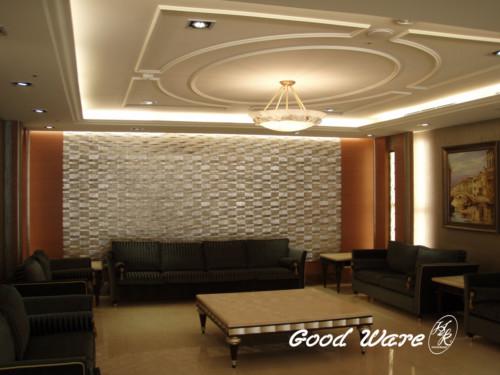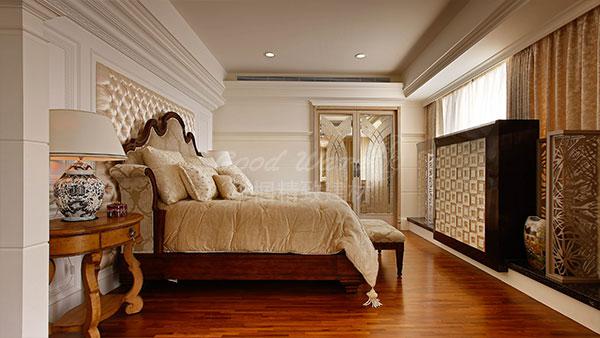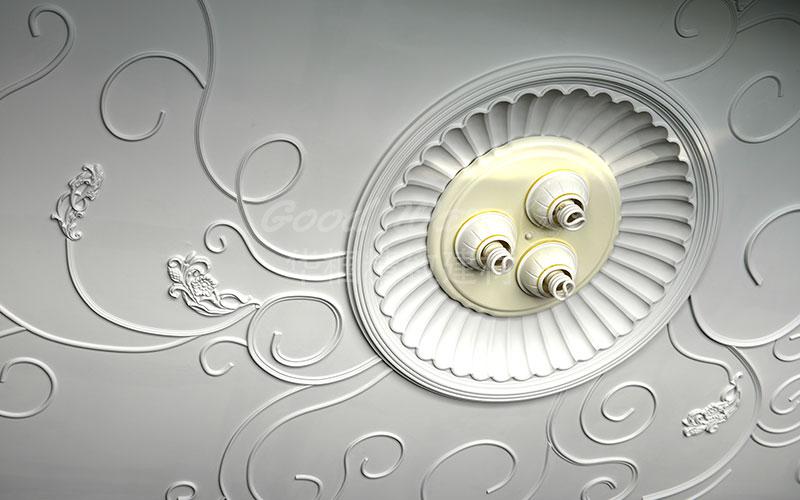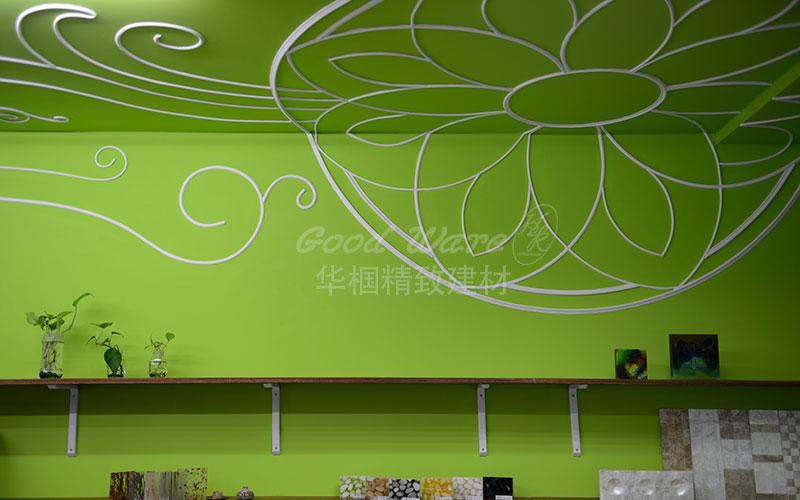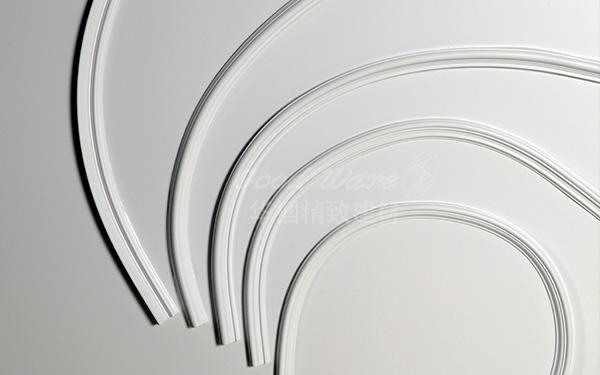Installing crown molding is today’s most-pursued architectural upgrade, meant to give plain walls depth and formality. But homeowners choosing their own crown are often stumped when faced with the variety of materials it comes in, from traditional plaster to high-tech flexible polymers. Here, we break down the choices and explain which type is right for your rooms.
| Material | Pros | Cons | Best for |
|---|---|---|---|
| Wood | Like plaster, natural wood is a traditional material that is hard to imitate. Solid wood mills and carves into crisp edges, and hardwoods like oak and mahogany stain beautifully. Its color and grain patterns add warmth to a room. Wood comes in myriad simple stock profiles; more ornate reliefs can also be achieved by embossing wood composites onto solid wood. |
Cutting and installing wood molding can vex even the most skilled carpenter, and the material can shrink and swell with changes in the weather. |
Most installations. |
| PVC | The plastic polymers in this product won’t warp or rot, no matter how wet it gets. |
The way PVC is made limits profile options and precludes ornate designs altogether; its slick surface is difficult to paint neatly, but it needs paint in order to cover the plastic sheen. |
Bathrooms, exteriors, or anywhere moisture is a concern |
| Polystyrene | Perfect for the budget-minded and less-than-skilled installer, this light-as-air foam material can be cut with scissors or a knife and goes up with construction adhesive. |
Plaster this isn’t. The closer you get, the more you see its takeout-coffee-cup texture and less-than-crisp edges. |
A quick room dress-up, sans power tools. |
| MDF composite | A composite material made from sawdust and resins, ultralight medium-density fiberboard (MDF) is a stable and low-cost alternative to solid wood. It comes in a wide range of stock profiles, some with a natural wood veneer suitable for staining. |
Without veneers, MDF must be painted; cutting and installing poses the same challenges as solid wood, plus ultralight MDF is easier to dent or nick. |
Rooms where trim is painted. |
| Metal | Unique metallic look |
Can be prone to tarnishing |
Professional work |
| Polyurethane | Less expensive, more stable, and more rot- and insect-repellent than wood, this extruded product is an excellent imitation. It mills and cuts like pine, goes up with the same nails, and takes paint equally well. It also comes in elaborate, plasterlike profiles. |
Slightly softer than wood, it dents easily (so it requires a light touch to install) and is only good for painted applications. |
This product works in most installations. |
| Flex | This rubbery material comes in an array of profiles that can bend around a curved wall without the need for relief cuts. |
While less expensive than a custom carpentry job, flexible molding is still costly and must be special-ordered. |
Curved walls and window bays. |
| Plaster | Cast into elaborate profiles—some of which can’t be milled out of wood—this elegant material’s deep reveals can create intricate shadows. Plus, it won’t shrink or warp. |
Hard to DIY There’s no such thing as off-the-shelf here; all plaster crown is made to order and costly. It’s also very heavy and easily cracked, and needs to be buttered on the back with fresh plaster for installation—not a DIY-friendly job. |
A grand interior, typically with plaster walls and a budget to match its high style. |

